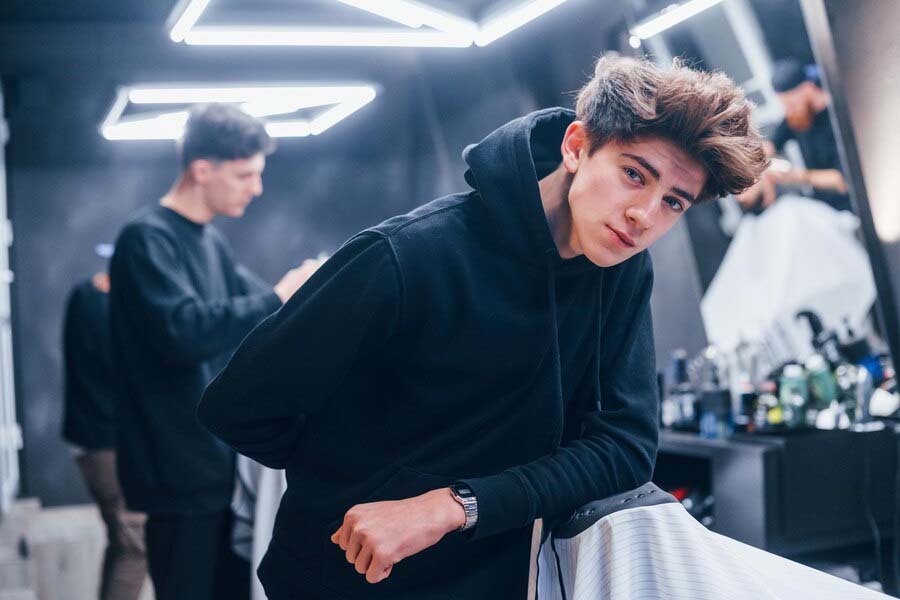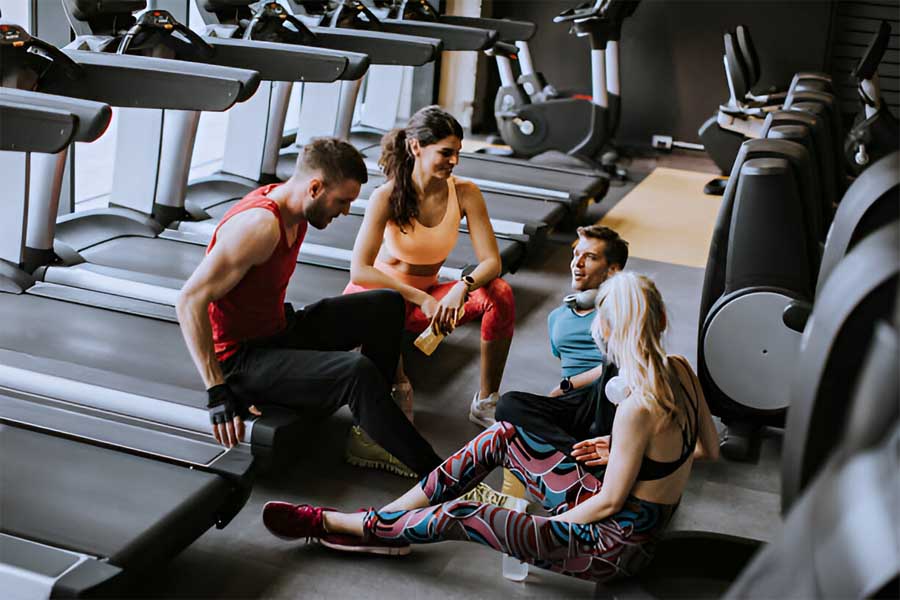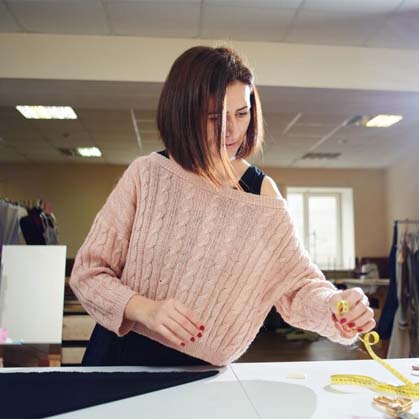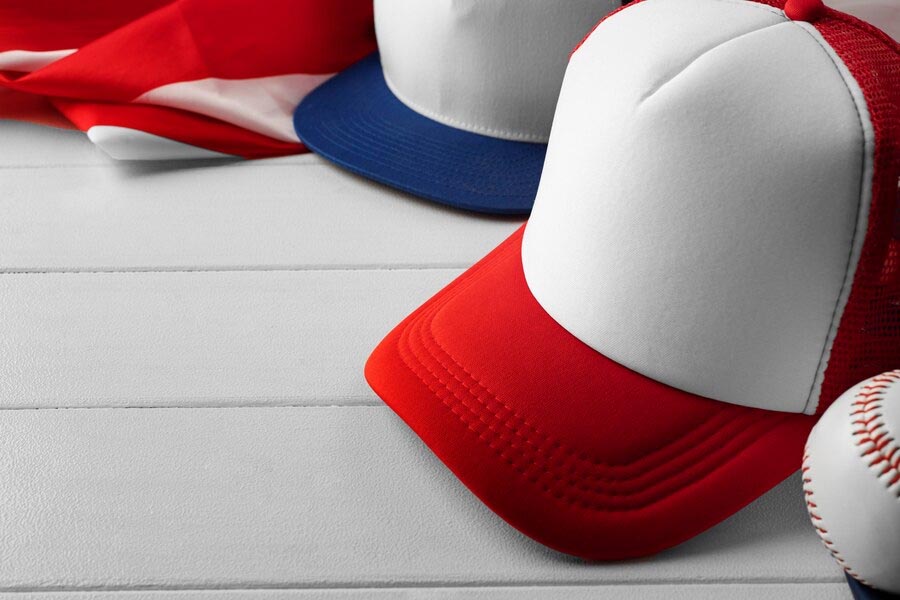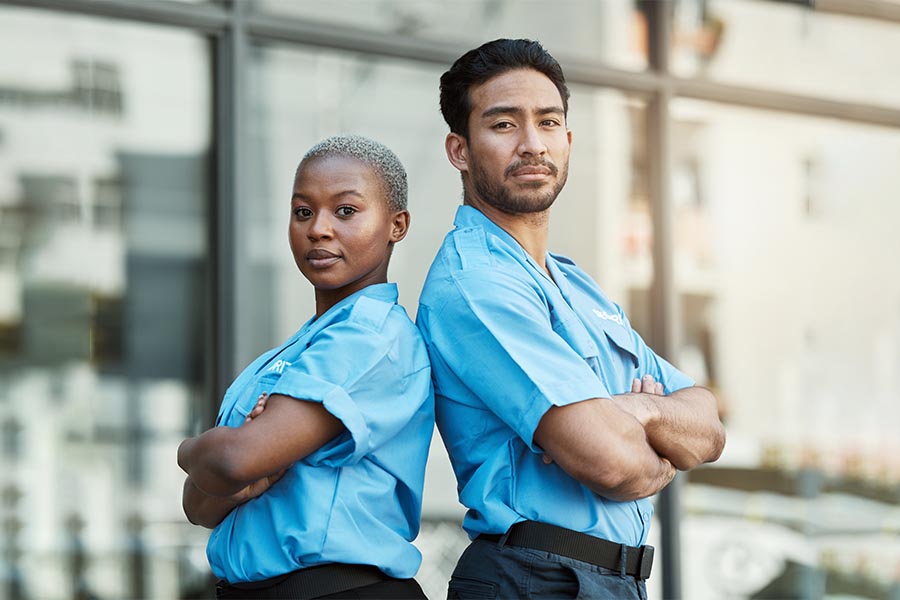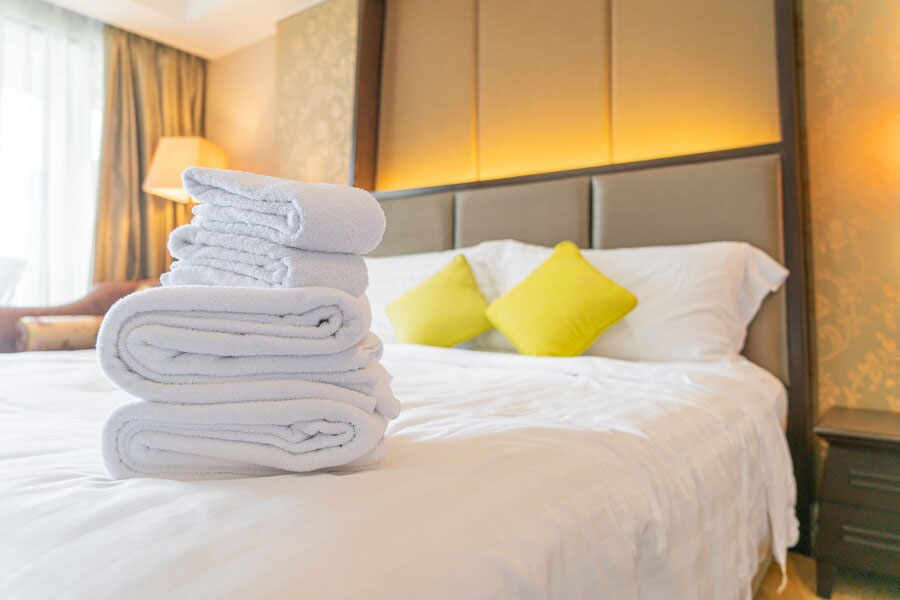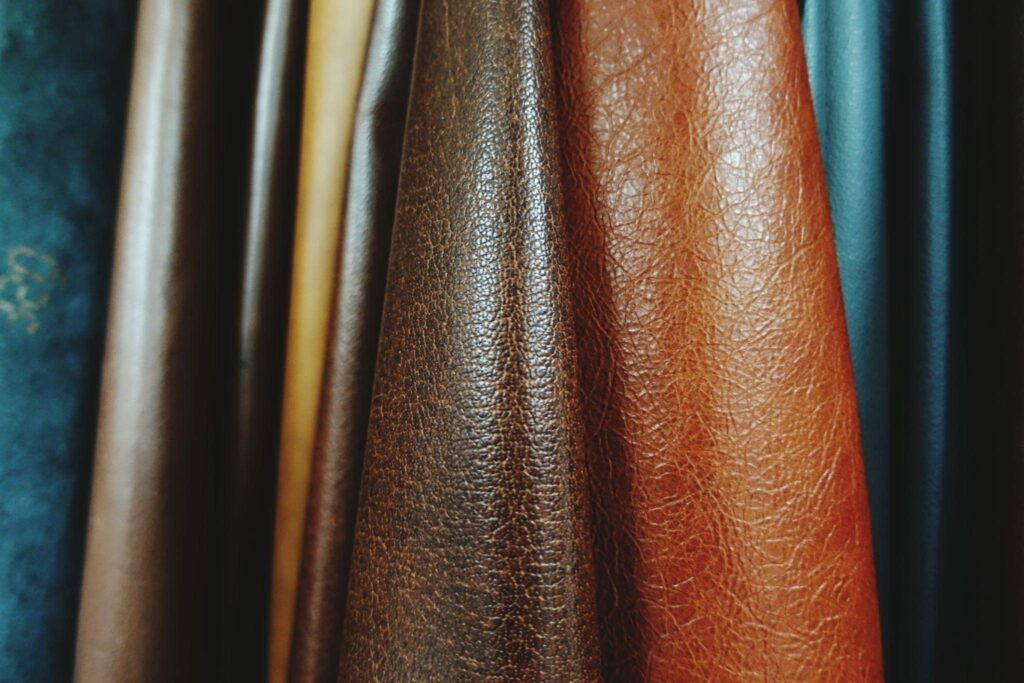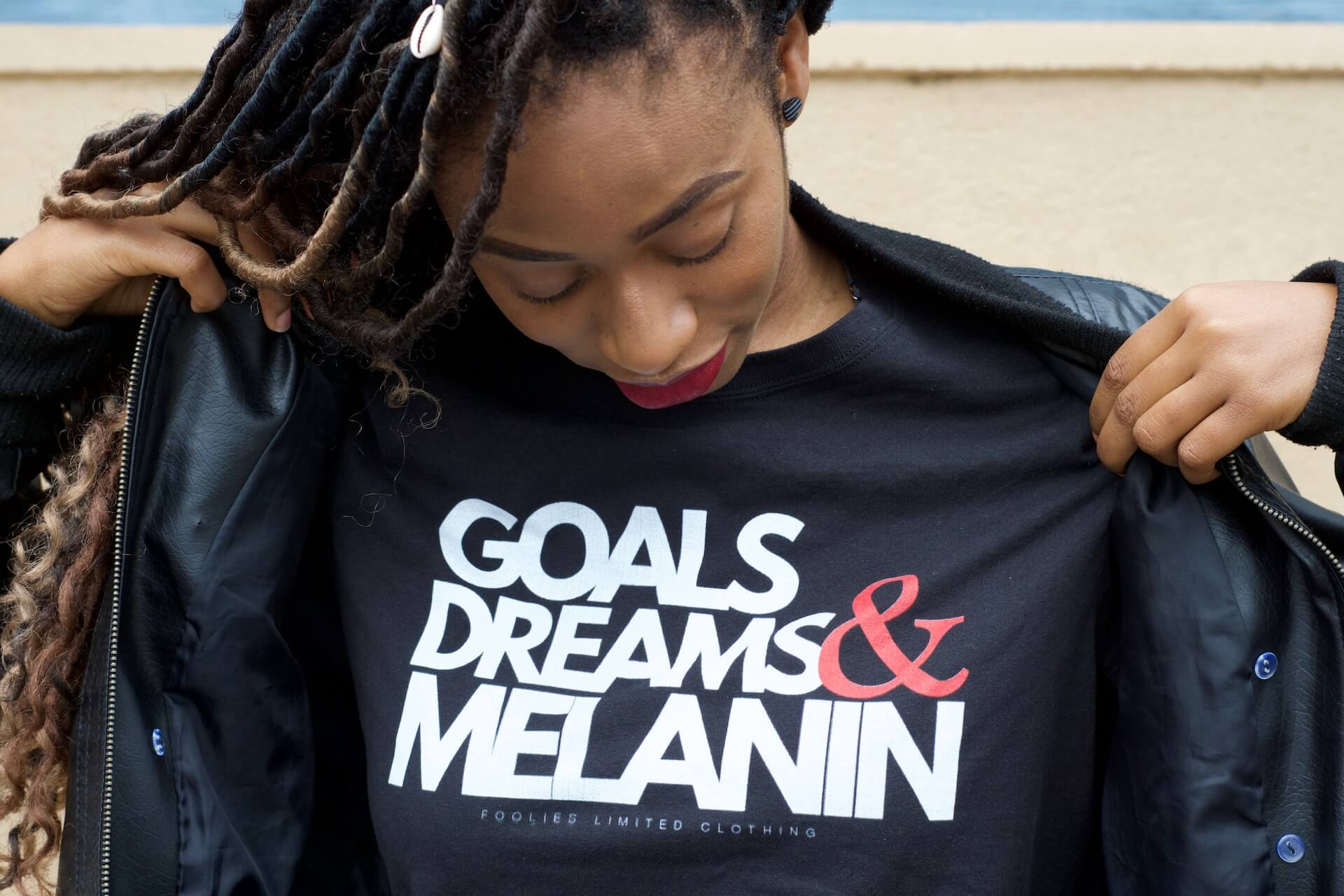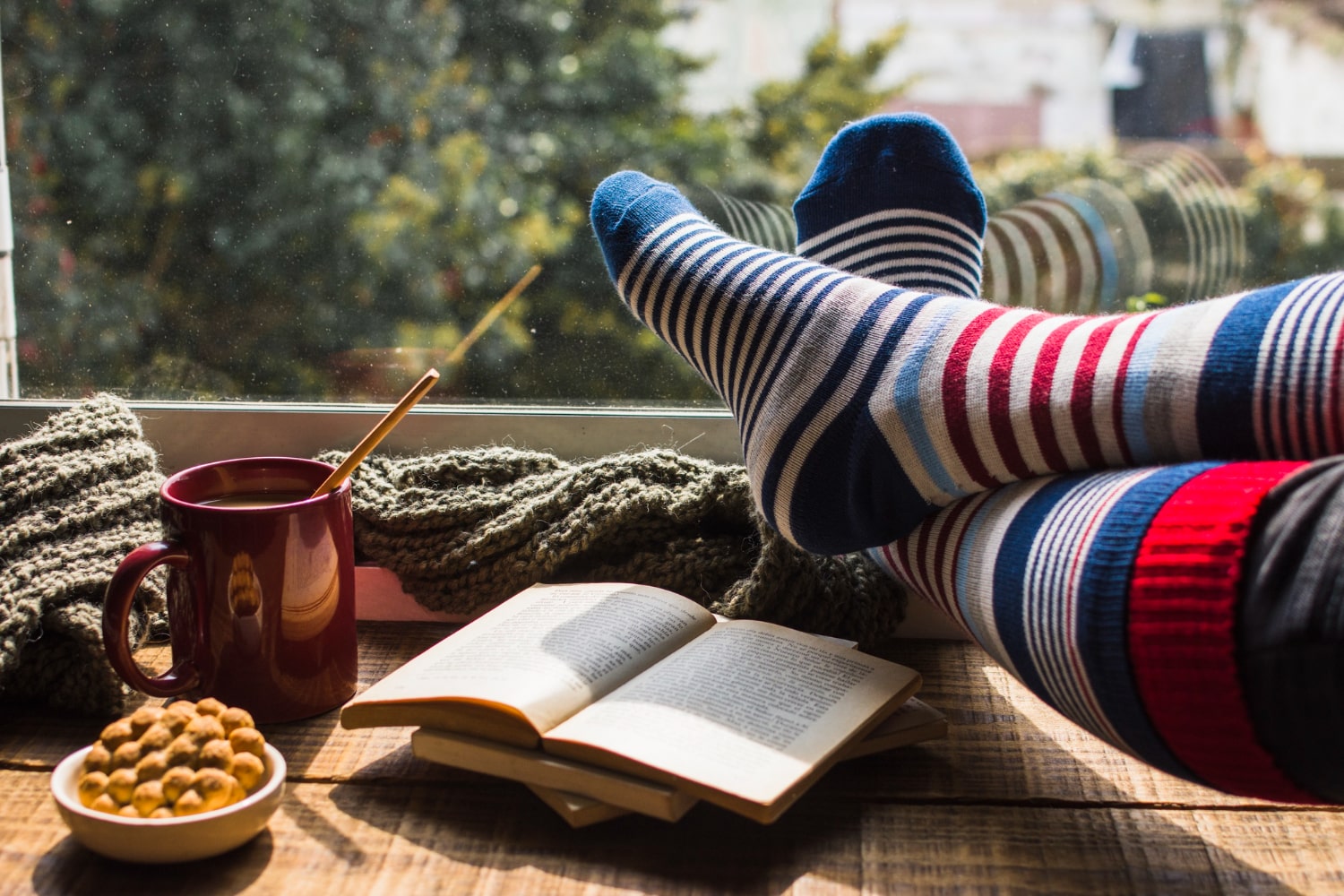Basically, a jumper dress is a casual piece of clothing that is generally short and sleeveless. Typically, it is the dapper choice for women who prefer wearing skirts over pants.
Now many people confuse jumper dresses with jumpsuits due to the very close resemblance of the names. But on the ground, both are completely different entities.
In general, jumper dresses are a great addition to be added to your wardrobe due to their practicality. Also, if you prefer versatile pieces of apparel that you can sport in different ways for different occasions, female jumper dresses are definitely your way to go.

In this read, we’re going to tell you everything you need to know about jumper dresses, and what makes them different from jumpsuits.
So, without any further dues, let’s dive straight into what women’s jumper dresses are.
What Are Women Jumper Dresses?
Like we’ve said earlier, a jumper dress is a short and sleeveless piece of apparel that could be worn directly or over another piece of clothing.
Now typically there are two different pieces of clothing referred to as the jumper dress based on US and UK. But since we’re focusing on the US, you can refer to a jumper dress as a simple A-line dress or a tight, short dress with a square, round, or V neckline.
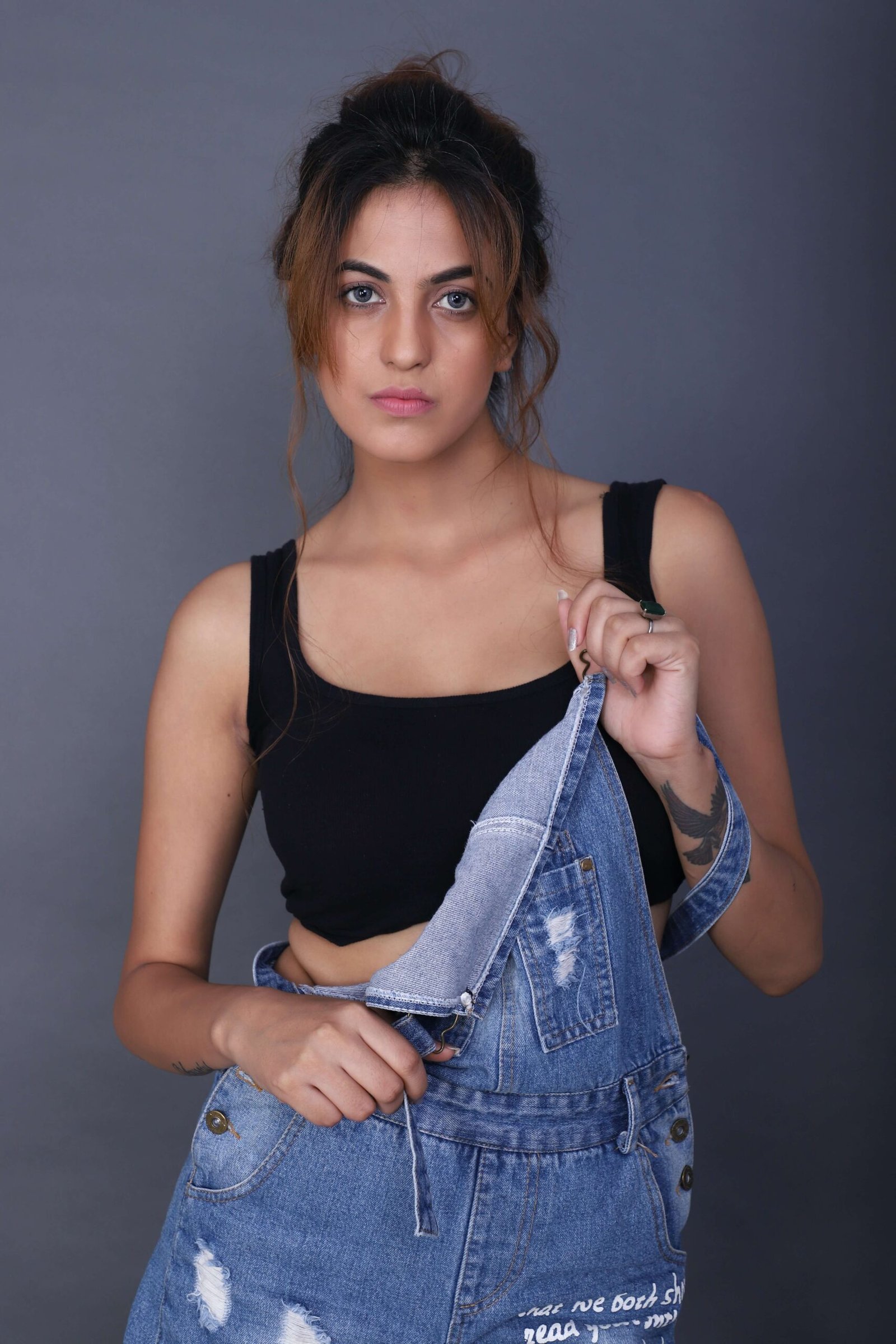
The best part about Women’s jumper dress is that it can worn in a variety of different manners e.g., sporting a jumper dress over a t-shirt crop top or even a shirt. Simply put, it is a versatile piece of apparel that can be leveraged as per the nature of the occasion and your will.
As for the dress itself, there are multiple variations that you can come across. Some women jumper dresses will feature a simple front with no extravagant detailing while others will sport a bib ornament or stitching to enhance the overall look of the fabric.
There are lots of options when it comes to patterns and fabrics that you can easily choose from to pick the perfect jumper dress.
Usually, women jumper dresses are made using average weighing material fabrics. This is because the structure of the dress is meant to provide a streamlined A-line silhouette.
Other than that, People may also choose stiff materials like cotton, wool, or denim. Although, there are options for lighter materials like crepe and velvet as well. They have some flow and movement if you wish to wear something different.

As for the length, women jumper dress can be short or medium-length, but it’s possible to get your hands on the jumper clothing that is too long. However, the fabric is usually stiff, and won’t complement your figure.
Now that you have a clear idea of what women jumper dresses are, let’s move down to how you can wear them on different occasions.
Where Can You Rock Those Jumper Dresses?
While it is a known fact women jumper dresses are quite versatile and practical in nature as they can be used in multiple ways for different combos. However, there’s still a common query where people ask about the occasions on which these dresses are perfectly suited.
Well, worry no more as we’ll be giving a conclusive answer to that question.
Basically, you can wear jumper dresses regardless of the season. Be it winter or summer, you can make the best use of your jumper dresses.
For winters, you can wear it as an additional stylish layer on other warmer clothes like a turtle neck with high-knee boots. Moreover, these dresses look great even on thermals and leggings in a shorter length for winters.
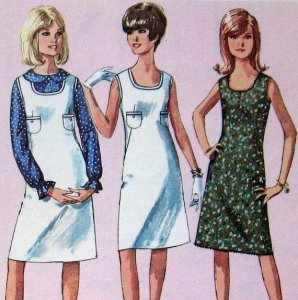
Now let’s talk about what is the difference between a jumpsuit and a jumper dress.
What’s The Difference Between A Jumpsuit and a jumper dress?
As mentioned, time and time above that due to the similarities in names, people often confuse women jumper dresses with jumpsuits, we’re going to conclusively eradicate that confusion between both entities.
Refer to these explanations below.
Jumpsuit: A jumpsuit is clothing apparel that looks like it’s made of two different pieces. Jumpsuits come in different lengths and models to suit all body shapes and occasions. You can wear the jumpsuit on its own, on top of a blouse, or under a cardigan.
Jumper Dress: A jumper dress is a short sleeveless dress. It’s worn on top of another piece of clothing most of the time and is one of the most casual pieces. If you prefer skirts over pants, then jumpers are definitely for you.
While both of these are a class apart in their own domains what you choose as a part of your wardrobe depends upon a number of factors.
These could be the following.
- When are you likely to wear your outfit?
- Are you going to wear it casually or for school or college?
- Do you need a comfortable piece of clothing?
- Are you wearing it on a dinner date?
The best part about getting yourself a jumper dress is that you can wear it without having to worry about any of these conditions. Whatever the season or vacation, you can alter it accordingly.
How Can You Style Up Your Jumper Dress?
It’s never the cloth or its type that’s trendy. It’s how you can modify an outfit that makes you look outstanding and this is the best part about jumper dresses; you can basically modify it in every way you want. So, whether it’s a late lunch with your loved one, or birthday dinner, you can sport a good jumper dress for every occasion.

Here are some jumper dress styling tips that may come in handy for you.
- Pair it with a belt. The belt will define your waistline and change the way your jumper looks by changing the A-line silhouette to a figure-hugging model.
- Cover the top part under a blouse or sweater. You don’t have to invest in a skirt because any other piece of clothing will change the look of your jumper completely.
- Ditch the t-shirt. If the dress doesn’t reveal too much skin, you can wear it on its own as a sexy outfit for a date night.
Other than these 3 tips, there are many other ways by which you can modify the look of your jumper dress.
Get yourself a jumper dress from (Brand name) and boost up your daily styling!






